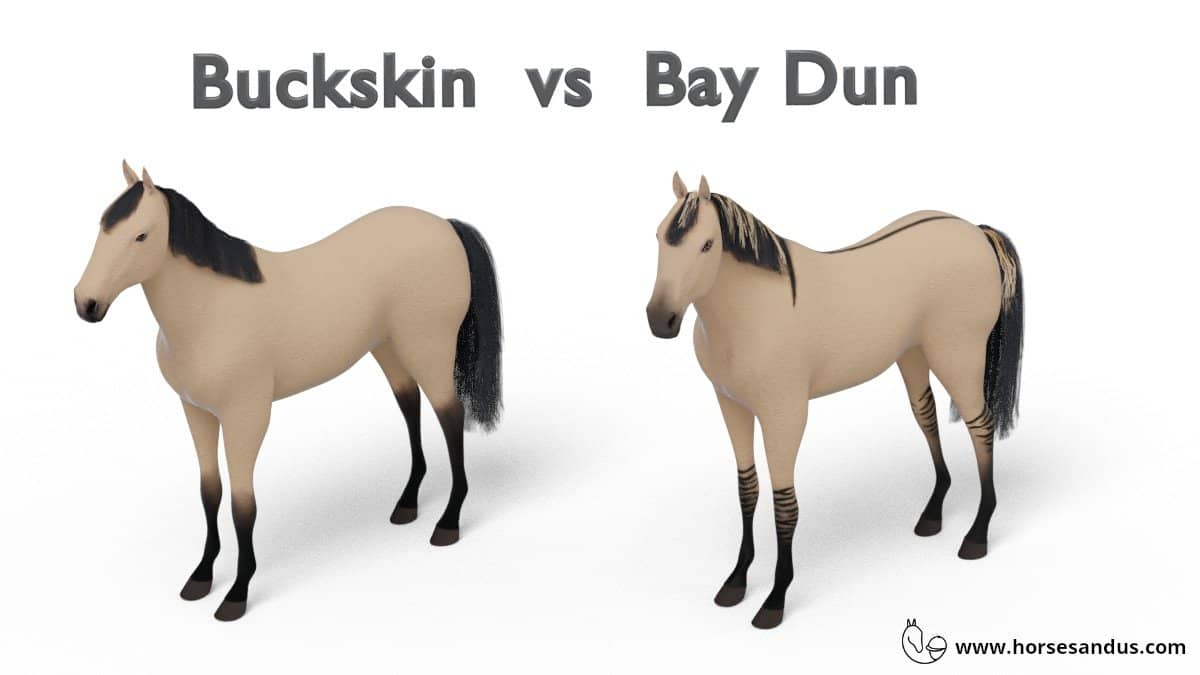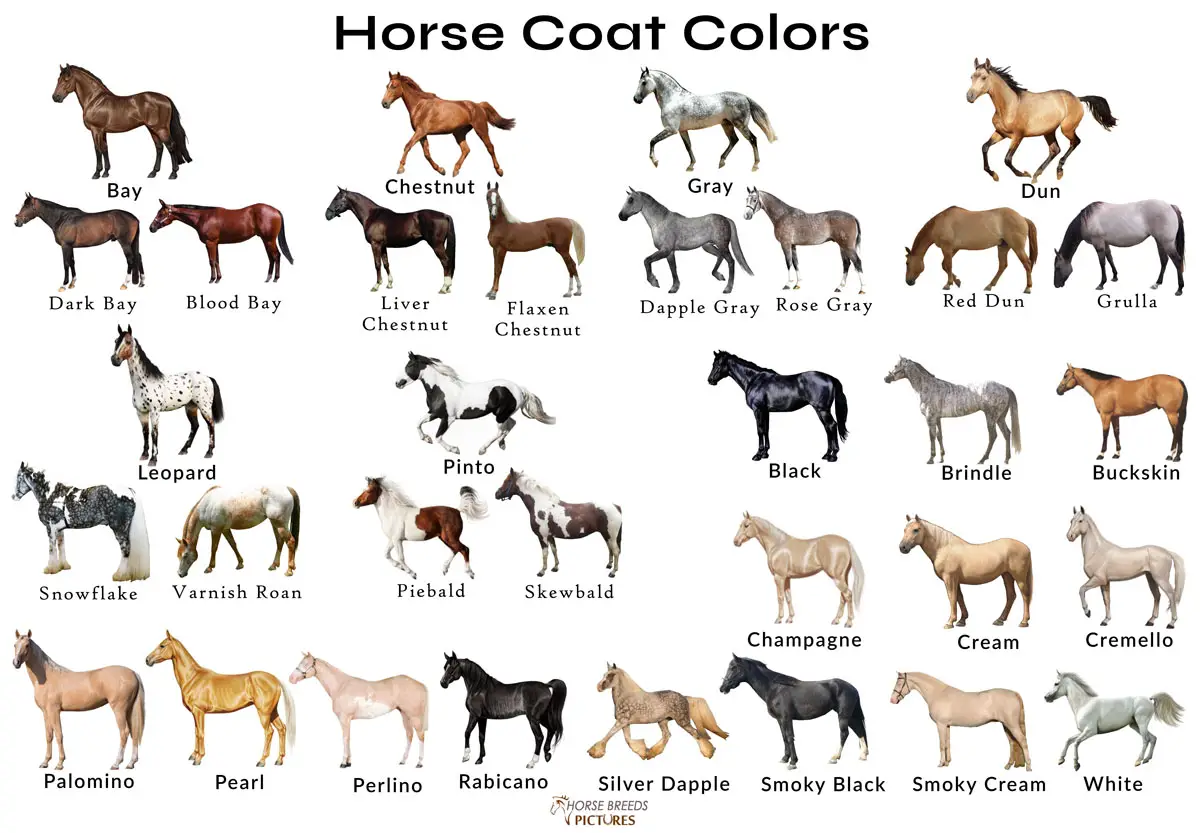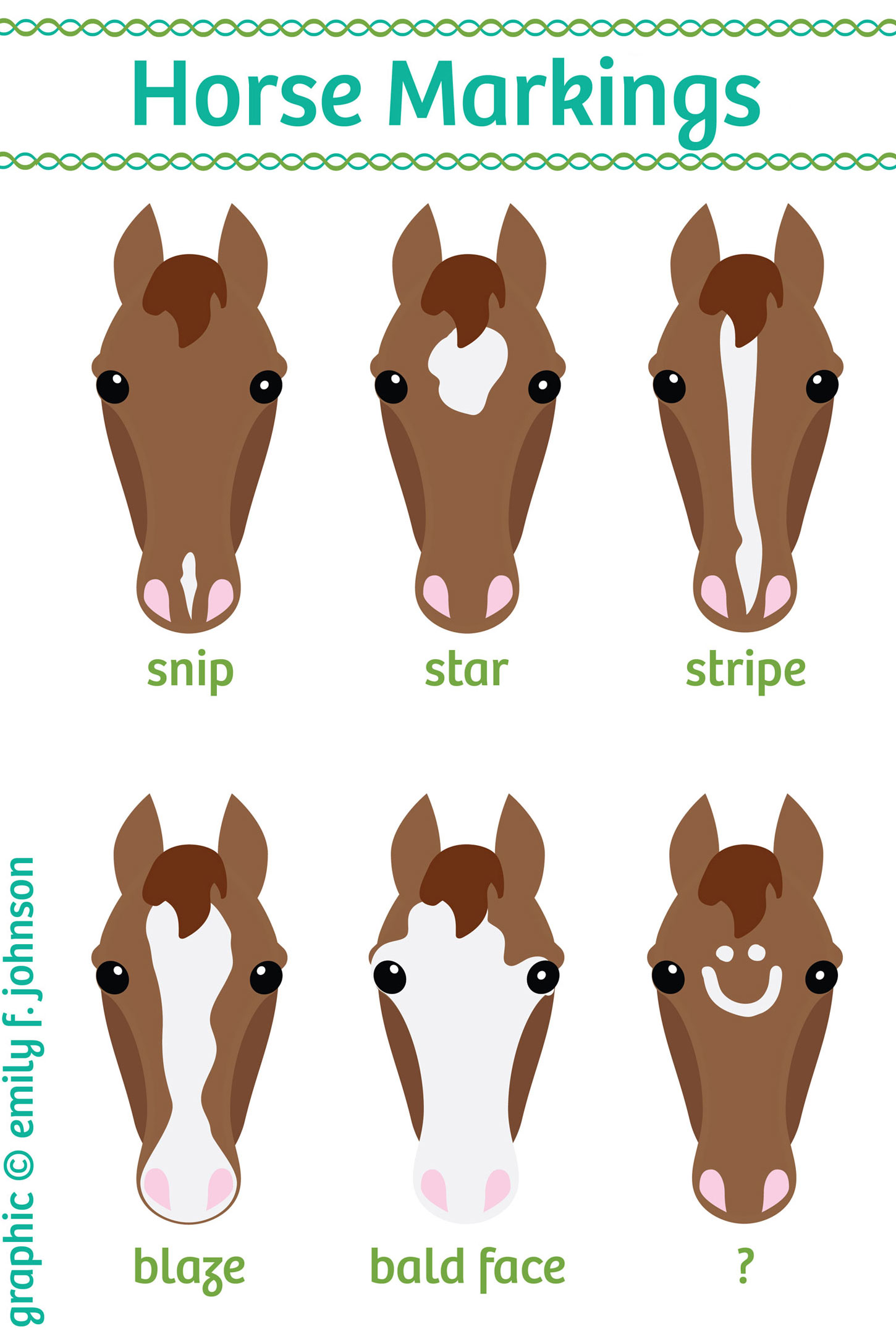When exploring the diverse world of equine beauty, the dun horse stands out with its unique color and mystical allure. This specific coat color, steeped in history, is not only visually striking but also packed with fascinating genetics. Horse enthusiasts and potential owners alike often seek to understand what sets a dun horse apart from the rest. In this comprehensive guide, we will delve into everything from the dun color in horses to the various dun horse characteristics that make this breed so distinctive.
Exploring the Mystique of Dun Horses

The allure of the dun horse’s coat is a captivating aspect of equine aesthetics, revealing the deep genetic roots tied to the animal’s lineage. The survival benefits these features may have provided to their ancestors add an intriguing dimension to their appeal. A closer look into the genetic makeup and distinctive visual cues is essential to fully grasp the essence of these remarkable horses.
Variations in Dun Shades
While a dun horse’s coat may conjure up images of untamed nature, it is the genetic variation and diversity that shape the wide array of shades seen within the breed. Beyond the recognized markings, there is a rich spectrum of tones, each influenced by the horse’s genetic code, which contributes to their individuality and charm.
Features that Characterize Dun Horses
The dun factor’s influence on a horse’s appearance is both nuanced and prominent. A closer inspection of these equines reveals intricate patterns and shadings that set them apart from other breeds. By exploring these attributes, we come to appreciate the beauty and complexity that define the appearance of dun horses:
- Dorsal Stripe: A defining line running along the back from mane to tail.
- Leg Barring: Distinctive horizontal markings on the legs.
- Shoulder Blade Stripes: Markings that may appear on the shoulder region.
These unique characteristics are the visual representation of the dun gene’s impact on the breed’s physical traits.
Genetic Narratives of Dun Traits
Delving into the dun factor entails more than recognizing physical patterns; it’s about decoding the genetic narrative each horse carries. The variety in which the dun factor manifests itself is remarkable, from the commonly seen dorsal stripe to the rarer shoulder stripes, each telling a historical genetic tale.
Signature Markings of Dun Horses
The charm of dun horses is enhanced by specific markings that distinguish them from other equines. Notable among these are:
- Face Masking: A darkened face that highlights the equine’s expressive features.
- Cobwebbing: Intricate line patterns on the forehead akin to a spider’s web.
- Frosting: The presence of lighter hairs within a darker mane or tail, resembling a frosted effect.
Each dun horse exhibits a unique amalgamation of these elements, crafting an unmistakable visual identity.
The Genetics Behind Dun Features
The exploration of the genetic basis for the dun horse’s distinctive coloration continues to captivate researchers. At its core, the dominant dun gene selectively dilutes the base coat color while leaving the points saturated. The gene’s influence extends beyond this, however, presenting itself in a myriad of intricate ways that enrich the dun color palette among horses.
With an informed perspective, the process of identifying a dun horse transforms into a detailed study of their genetic legacy. This interplay of unique characteristics, shaped by a dominant gene, forges the diverse array of colors and patterns admired by equine aficionados. Our expanding insight into these genetic intricacies allows us to celebrate the natural artistry that gives rise to the dun horse’s existence.
Unveiling the Splendor of Dun Horses: Color and Genetics Interplay

The dun horse is a remarkable example of how genetics can shape an animal’s appearance, resulting in an array of coat colors that connect them to their ancestral roots. As we examine the intricate dun horse coat patterns, we venture into a realm where biology meets artistry, leading to magnificent displays of equine grandeur.
The Genetic Influence on Dun Horse Appearance
This genetic trait is significant, altering all base colors and creating the striking contrast between a lighter body and darker points. This genetic influence can also result in a darker facial area, enhancing their mysterious presence.
Understanding Dun Coat Color Diversity
Exploring dun horse coat color variations uncovers a breadth of unique expression, each impacted by the dun gene. Among the variations, we find:
- Classic dun: A fusion of tan or gold with darker points, highlighting the gene’s effect.
- Red dun: A reddish coat with darker red points that reflects the genetic variety within the dun shades.
- Blue dun (also known as grullo or grulla): A smoky blue-gray coat that stands out with its contrasting points and is highly regarded for its rarity.
More than mere color differences, these patterns signify the genetic uniqueness of dun horses.
Distinctive Dun Horse Markings
Alongside their main coat colors, dun horses may display other visual traits that enhance their appeal:
- Zebra Stripes: Thin leg markings that hint at the horse’s wild ancestry.
- Neck Shadows: Gentle shading on the neck that gives depth to the overall coat color.
- Ear Tipping: A darker hue on the ear tips, accentuating their expressive qualities.
Although these markings may not be as conspicuous as the typical dun stripes and bars, they contribute to the horse’s visual complexity.
Subtle Dun Color Nuances
A deeper look into the dun horse’s coat can reveal less obvious shades that form part of the dun horse coat color variations:
- Claybank Dun: Exhibiting a subdued, earthy body color with points that blend seamlessly with the overall hue.
- Mouse Dun: An infrequent shade that mirrors the gentle gray of a mouse, with only slightly darker points.
These understated shades, though less common, contribute to the extensive palette of dun horse colors, each with its genetic significance.
Primitive Markings: A Glimpse into Ancestry
Primitive markings are another aspect that distinguishes dun horses, including:
- Fishbone Stripes: Dorsal stripes with branching patterns, reminiscent of a fish’s skeleton.
- Transverse Stripes: Stripes across the withers that enhance their archaic look.
The appearance of these markings serves as a tribute to the horses’ prehistoric ancestors and the dun gene’s evolutionary role.
Broader Impacts of the Dun Gene
The dun gene may also influence other horse features, such as:
- Hoof Color: Striped hooves in dun horses could be associated with the dun gene’s expression.
- Eye Color: Though not a direct result of the dun factor, dun horses may possess a variety of eye colors that complement their striking appearance.
While these traits might not be solely attributed to the dun gene, they are often seen within the dun phenotype.
Delving into the dun horse characteristics and their coat patterns entails more than appreciating their beauty; it’s about recognizing the intricate genetic fabric that weaves together such a varied and mesmerizing tapestry of horse coat color variations. Our ongoing exploration into the dun factor in horses deepens our admiration for the wondrous blend of natural design and genetics that define these splendid animals.
The Intricacies of Dun Horse Coloration

The majestic dun horse, with its distinct coat, is a product of a specific mutation within its genetic code. This mutation is known as the dun dilution gene. Unlike other genetic traits that might require two alleles to be expressed, the dominance of the dun gene ensures its visibility with just one copy. This attribute explains the widespread occurrence of the dun phenotype in various horse populations, signifying a link to the evolutionary journey of these animals.
Shedding Light on Dun Equine Coat Variations
Delving into the world of equine coloration, we find that the dun dilution gene plays a crucial role in the development of the horse’s coat color. This gene dilutes the horse’s base color but maintains the rich tones of the points, which include the mane, tail, and lower legs. The impressive scope of this gene’s influence is evident across different breeds, enriching the equine community with a variety of dun shades.
Modifier Genes and Their Influence
While the dun gene is primarily responsible for the horse’s overall coloration, additional modifier genes are instrumental in determining the nuances of the coat. These genes can alter the visual expression of dun traits, influencing aspects such as:
- Contrast variations: Distinct levels of contrast between the horse’s body color and the points.
- Pattern definition: The distinctness of primitive markings, which can range from subtle to pronounced.
- Hue subtleties: Fine distinctions in the general color of the coat, contributing to the horse’s unique appearance.
These modifiers add complexity to the horse’s genetic heritage, manifesting in a vast spectrum of dun colorations.
Genetic Zygosity in Dun Horses
For breeders and equine genetic specialists, the zygosity of the dun gene is an important factor. This term describes the genetic composition of a horse concerning the dun gene:
- Horses with two copies of the dun gene (homozygous) will consistently produce dun-colored offspring.
- Those with a single copy (heterozygous) have a 50% chance of passing on the dun traits to their young.
Through genetic testing, the zygosity of a horse can be ascertained, informing breeding strategies and the effort to sustain the dun coloration.
Interplay Between the Dun Gene and Other Genetic Factors
The dun gene’s influence is further complicated when it interacts with genes responsible for other coat colors and patterns. For instance, when the dun gene is combined with the cream gene, which gives rise to colors like palomino and buckskin, it can produce a unique coat known as “dunskin.” Additionally, interactions with other genes such as silver, roan, or gray can result in even more diverse and intricate coat patterns in dun horses.
Sustaining the Dun Horse’s Genetic Tradition
The conservation of the dun trait is of paramount importance to breeders because it does more than just preserve the visual diversity of horse coats — it also upholds the historical and evolutionary importance of these creatures. By adhering to conscientious breeding and genetic stewardship, the enchanting essence of dun horses can be safeguarded for the enjoyment of future horse lovers.
The genetics of the dun horse offer a fascinating insight into the interplay of dominant genes, modifiers, and other genetic elements, creating a spectrum of coat colors and patterns that are as visually stunning as they are genetically informative. This tapestry of genetics not only adds to the splendor of these animals but also provides a vivid illustration of inheritance, ensuring that the dun horse remains a testament to nature’s variety in the equine domain.
Exploring the Diversity of Dun Horse Varieties

Dun horses, with their rich history and impressive aesthetics, have long fascinated horse lovers. Within their ranks, there exists a delightful array of subtypes, each showcasing a unique visual and genetic profile. This section delves into the distinct qualities and genetic foundations that differentiate the various dun horse varieties, with particular attention to the alluring grulla horse.
Examining the Classic Dun Archetype
When one pictures a dun horse, the classic dun often comes to mind, noted for its:
- Gold or tan body color contrasted with darker points.
- Iconic dorsal stripe that is a hallmark of the dun pattern.
This variant exemplifies the dun gene’s capability to create aesthetically pleasing and genetically strong horses.
The Warmth of the Red Dun
The red dun adds a coppery dimension to the dun family, marked by:
- A copper-red body shade enlivening its appearance.
- Coordinating red points that contrast with the body color.
This subtype’s colors showcase the diverse expressions of the dun gene within the equine world.
Grulla Horse: A Unique Expression of Dun
Among dun horse types, the grulla or blue dun stands out for its scarcity and striking looks, characterized by:
- Its smoky blue-gray body color, echoing the hues of certain wild birds.
- Contrasting dark points that accentuate the body color.
The grulla horse is a prime example of the dun gene’s varied manifestations and is highly prized by horse collectors.
Unveiling Lesser-Known Dun Shades
In addition to well-known subtypes, there are rarer dun variations that further demonstrate the genetic versatility and visual appeal of these horses, such as:
- Claybank Dun: Exhibiting a subdued earth tone with less distinct points.
- Mouse Dun: Displaying a gentle gray shade for a softer expression of dun.
These less common shades add to the dun family’s richness, each with its own genetic narrative.
Genetic Considerations in Dun Horse Breeding
Understanding the genetics of dun colors is essential for breeders. Factors influencing these hues include:
- The inheritance of one or both copies of the dun gene and its phenotypic impact.
- Modifier genes that can adjust the clarity and contrast of dun markings.
Breeders rely on these genetic insights to maintain the integrity and variety of the dun lineage.
Championing the Continuity of Dun Varieties
Ensuring the genetic continuity of dun horses is a concerted effort among breeders and conservationists. Selective breeding and genetic assessments help preserve the diverse coat patterns that define this group. By appreciating the genetic and visual diversity of each dun variant, we support the ongoing legacy of these horses.
Investigating the nuances of dun horse varieties reveals a spectrum of colors and patterns, each a testament to the complex interplay of genetics in equine coloration. From the classic and red duns to the rarer grulla horse, each type enriches our understanding and appreciation of the dun horse’s splendor.
Deciphering the Spectrum of Horse Coat Colors

The equine world is adorned with an array of coat colors, each with its genetic blueprint and distinctive traits. While dun horses display a particular set of characteristics, it’s essential to recognize and differentiate them from other color variations. This section will guide you through the specific features that distinguish dun horses from other breeds with similar colorations.
Unique Traits of Dun Horses
Accurately identifying a dun horse requires an understanding of certain hallmark traits that are not commonly found in other breeds with similar coat colors. While buckskins and bays may share some visual similarities with duns, they lack the dun-specific primitive markings like the dorsal stripe. Here’s a brief comparison:
- Buckskins have a golden coat without primitive markings, unlike duns.
- Bays feature a darker, non-diluted body color and do not have the dun’s distinctive markings.
Unraveling the Genetics of Equine Coat Colors
The genetic landscape that governs horse coat color is intricate, with various genes interacting to create the broad spectrum of colors observed. In addition to the dominant dun gene, other genetic factors influence equine coat colors, such as:
- The cream gene, responsible for palominos and buckskins, lightens the base coat color.
- The silver gene, which alters the black pigment and modifies the coat of black or bay horses.
These genes, among others, weave together to form the diverse visual tapestry that characterizes horses.
Identifying Genetic Markers in Horses
While external traits are valuable for identifying a dun horse, genetic testing offers a concrete method to determine a horse’s coat color genetics. Such tests pinpoint markers including:
- The dun dilution gene (D), which is key to the dun phenotype.
- Other dilution genes like the cream (Cr) that influence coat color.
Recognizing these genetic markers is crucial for breeders and enthusiasts to correctly classify their horses.
Influence of the Environment on Horse Coat Color
Although a horse’s genetics lay the groundwork for its coat color, environmental factors can also influence its final appearance. Sunlight, diet, and overall health can impact the color’s intensity and sheen, showcasing the dynamic between genetics and the horse’s surroundings.
Analyzing Horse Coat Color Variations
An examination of horse coat color variations reveals a complex interplay of genetics and environmental factors. Each variation stems from a unique genetic combination, which can be understood to distinguish a dun horse from other similar coat colors. Below are some common color variations and their attributes:
| Color Variation | Defining Characteristics | Genetic Markers |
|---|---|---|
| Buckskin | Golden body color with black points | Cream gene (Cr) |
| Bay | Reddish-brown body with black mane, tail, and lower legs | Agouti gene (A) that restricts black to points |
By analyzing these variations alongside their genetic markers, a clearer understanding of the dun horse’s unique position within the equine color spectrum is achieved.
If you’re passionate about horses and want to expand your knowledge of different breeds and color patterns, you’re in the right place. In our article, we explore the unique characteristics of the dun horse, a beautiful creature with a distinct coat color. For those interested in other horse types, we also have informative articles on the Morgan horse, the colorful pinto horse, and the striking roan horse. Each article dives into the history, traits, and qualities that make these horses special to equestrians and horse enthusiasts alike.
Conclusion

In conclusion, the dun horse is a magnificent creature, its coat color and patterns shaped by a unique set of genetic factors. From the classic dun to the enchanting grulla horse, each variation holds a special place in the equine world. Understanding dun horse characteristics, genetics, and how they differ from other horse coat color variations enriches our appreciation for these noble animals. Whether you’re an equestrian enthusiast, a breeder, or simply someone captivated by their beauty, the dun horse is a testament to the complexity and allure of nature’s palette.



